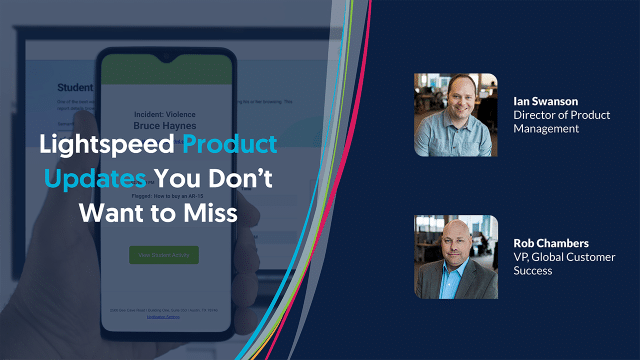
We value our customer’s feedback and input. And we’re excited to share the newest updates to Lightspeed Systems, based on your requests!
In this webinar, the Lightspeed Team will go over the latest product updates and what this means for you and your students. You can learn more about the new features and capabilities in Lightspeed Systems Solution Suite that’ll make your job easier and your students safer.
What you’ll learn:
- New enhancements to the Lightspeed Systems Solution Suite (and how they’ll make your job easier).
- Understand how the improvements will benefit you and your students and improve their learning.
- Q&A with Lightspeed product expert